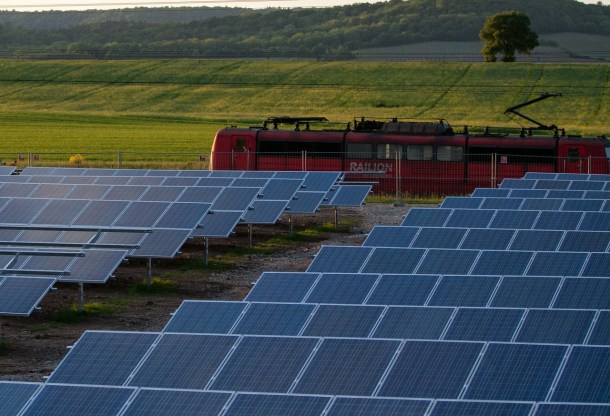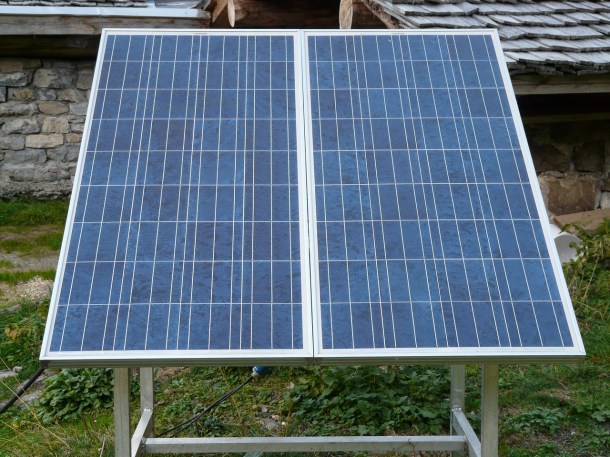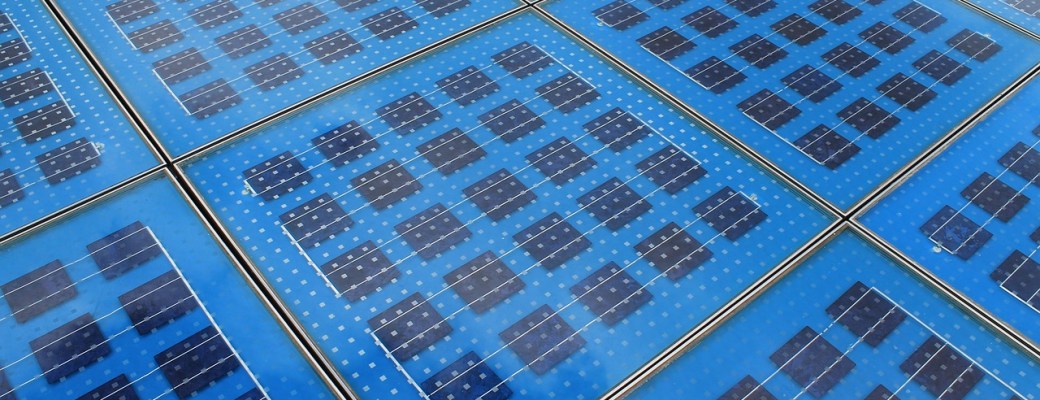8 benefits of solar energy that aren't quite as obvious but just as important
We all know that solar energy is an unlimited renewable energy source that doesn’t produce CO2 emissions or other gases, because it doesn’t consume fuel or require other resources, such as water or wind. This is one aspect that makes it one of the most interesting systems for producing energy from the environmental perspective. But there are other benefits of solar energy that aren’t quite as obvious but are just as important when choosing one system or another. Here are a few:
1. Zero energy-production costs
As we mentioned before, solar energy doesn’t require any outside supply to work, so its maintenance and energy production costs are practically zero. The only cost associated with the use of solar energy is the manufacture and installation of the components. This means that despite the large initial investment, there are no additional costs associated with its use, so the installation is recovered quickly.

2. Less energy lost during long-distance transport
Losses during transport and distribution of energy increase with the distance between the production and supply points. Although these losses are not very large, they do affect the performance of the installation in densely-populated areas.
On the other hand, with the individual installation of photovoltaic panels on rooftops, the distances are drastically reduced, increasing the efficiency of the electrical system.
3. Versatile installation
The easy and simplicity of the installation means that it can be installed almost anywhere, taking advantage of both vertical and horizontal spaces with no specific use. This aspect, along with the modularity and flexibility of the system, facilitates the installation of small-scale solar projects with the added advantage that the installation can be expanded depending on the needs at any given time.
But the most interesting advantage is the possibility of providing electricity in remote locations, where the cost of installing electrical distribution lines is too high or unfeasible.
4. Energy production coincides with the times of maximum demand
The periods with the highest energy demand are concentrated in the time slots between 11:00 and 16:00 and to a lesser extent, from 20:00 to 23:00. In systems based on the constant production of energy by power plants, the price of energy increases sharply during times of peak demand. With solar energy, on the other hand, energy production reaches its maximum during the period of the day when demand is highest. In fact, in electricity markets with large-scale solar energy production, the additional supply of energy during peak times may reduce electricity prices during the mid-day time periods to levels similar to those of the night-time hours.

5. Impact on the environment
The production of solar energy doesn’t generate noise pollution, which is an important aspect to take into account for installations in urban areas. It also doesn’t generate any waste because it doesn’t need maintenance and its lifetime is far longer than other energy-production systems. In fact, solar panels are designed to withstand the impact of the environment in extreme weather situations.
6. Improved security of the power grid
This is an important indirect benefit that has a direct impact on the efficiency of the power grid in the case of the common problems of blackouts and voltage dips. The possibility of introducing solar power from thousands or even millions of individual energy-production centres improves the security on the power grid against overloads or fires in transformer substations.

7. Economic savings
The production of clean energy from the sun significantly reduces costs, because it is an inexhaustible source of energy that isn’t subject to market fluctuations or the effects generated by speculation. As mentioned before, it requires a significant initial investment that is offset by the rapid amortisation of the investment. And most importantly, it is an unlimited and continuous source of energy that doesn’t require any additional maintenance or usage costs.
Nevertheless, the latest technological advances point towards a significant drop in the prices of the components required to manufacture the panels, which will translate into more efficient and affordable solar cells.
8. Economic impact
Lastly, most of the costs of the system come from the installation of the solar panels themselves, which promotes local job creation. The widespread use of these systems therefore promotes job creation and has a positive impact on the economy in the area.
Image | Pixabay and Fraunhofer









